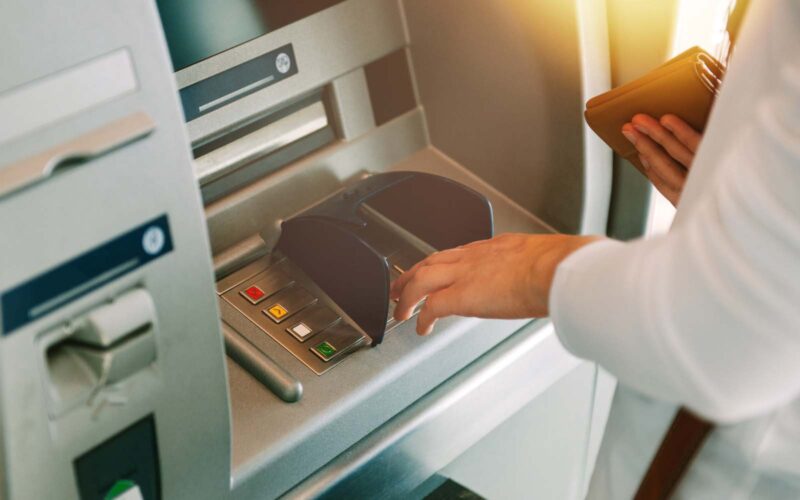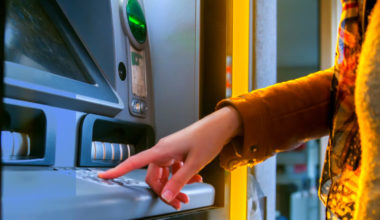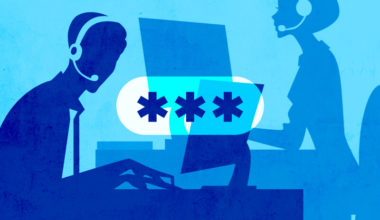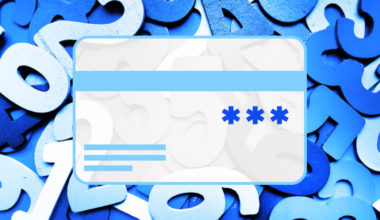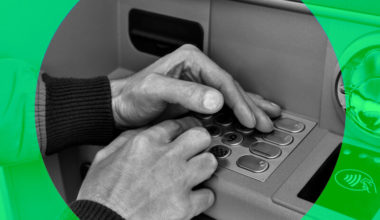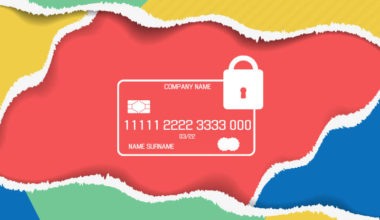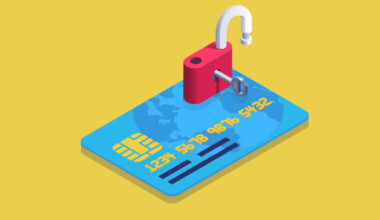As per the updated regulations from the RBI (Reserve Bank of India), with effect from 1st January 2022, users of most banks can withdraw cash from ATM five times per month. These five transactions are inclusive of both financial and non-financial (balance inquiry, mini statements etc.) services at any ATM.
Banks levy the charge on cash and non-cash ATM transactions if a user goes beyond the free monthly limits. In case, the free monthly ATM withdrawal limit exceeds, one will have to pay a tax of an additional ₹21 on each transaction.
Daily ATM Withdrawal Limit
The maximum cash withdrawal limit is different for all banks across India. However, the maximum daily limit starts from 10,000 for some banks and goes up to 50,000 for prime customers.
Can you Increase your ATM Withdrawal Limit?
Yes, you can increase your ATM withdrawal limit. Here’s how-
- The easiest way to raise your ATM withdrawal limits is to call your bank and ask for an increase.
- Your bank may be willing to raise your ATM cash withdrawal limits temporarily or permanently.
- Factors that can influence the bank’s decision include the length of your customer relationship, the type of accounts you have, your account history, and the duration of the increase you are requesting.
- If you need a temporary increase for a specific purpose, such as a large purchase or vacation, your bank may be willing to accommodate for a limited time.
- For a permanent increase in your daily ATM withdrawal limit, you will need to provide a strong case for why the bank should agree to it.
- Banks have withdrawal limits for security reasons, so if you do get a higher limit, it is important to be vigilant and monitor your debit card to prevent unauthorized access to your funds in case of loss or theft.
Latest ATM Cash Withdrawal Rules and Regulation
The Reserve Bank of India (RBI) sets some policies for the transactions initiated through ATMs. Here are the updates-
- Once you exhaust the ATM cash withdrawal limit, you must pay ₹21 for each transaction.
- RBI stated that the increase in the transaction charge is to compensate the financial institutions for the basic increase in costs and interchange fees.
- Usually, banks offer five free transactions at the ATMs every month.
Read More: How To Transfer Money From ATM
How to Avoid Paying ATM Charges?
- Use partnered ATMs
An effective way by which you can avoid paying ATM charges is to find in-network ATMs. You must check if the bank from where you have acquired the ATM card has partnered with other organizations or financial institutions. This will help you access the other free ATMs. If the bank is part of a wide range of ATM networks, users can withdraw free cash at any ATM without bothering about the ATM maximum withdrawal limit.
- Initiate online transactions
Try to settle all the bills and payments online. Use UPI, debit card, credit card, etc., to initiate payments directly from the bank account to save your free ATM cash withdrawal limit. Opt for the net banking facility of the bank to save the ATM cash withdrawal limit per day. You can also use the mobile banking provision for transactions like amount transfers, balance inquiries, or account statements.
- Swipe the cards
You can also swipe your cards instead of relying on the ATM to reduce the number of times you have to withdraw cash from the ATM. Many merchants have opted for card readers which saves their users from undergoing the hassle of getting to an ATM and bearing the transaction charges. With this method, you won’t have to worry about the pre-defined ATM daily withdrawal limit.
Read More: ATM Cards vs Debit Cards
Conclusion: Being a change implemented by the RBI, users have to follow the revised ATM cash withdrawal limit per day, to stay compliant and avoid paying extra charges. You must also be mindful of the withdrawal limit (for both cash and non-cash withdrawals); otherwise, you have to pay the additional transaction fee of ₹21 on each transaction. All these updates are per new RBI guidelines, hence following this is mandatory.
Disclaimer: This blog is written to make it easy for readers to understand complicated processes. Some information and screenshots may be outdated as government processes can change anytime without notification. However, we try our best to keep our blogs updated and relevant.
